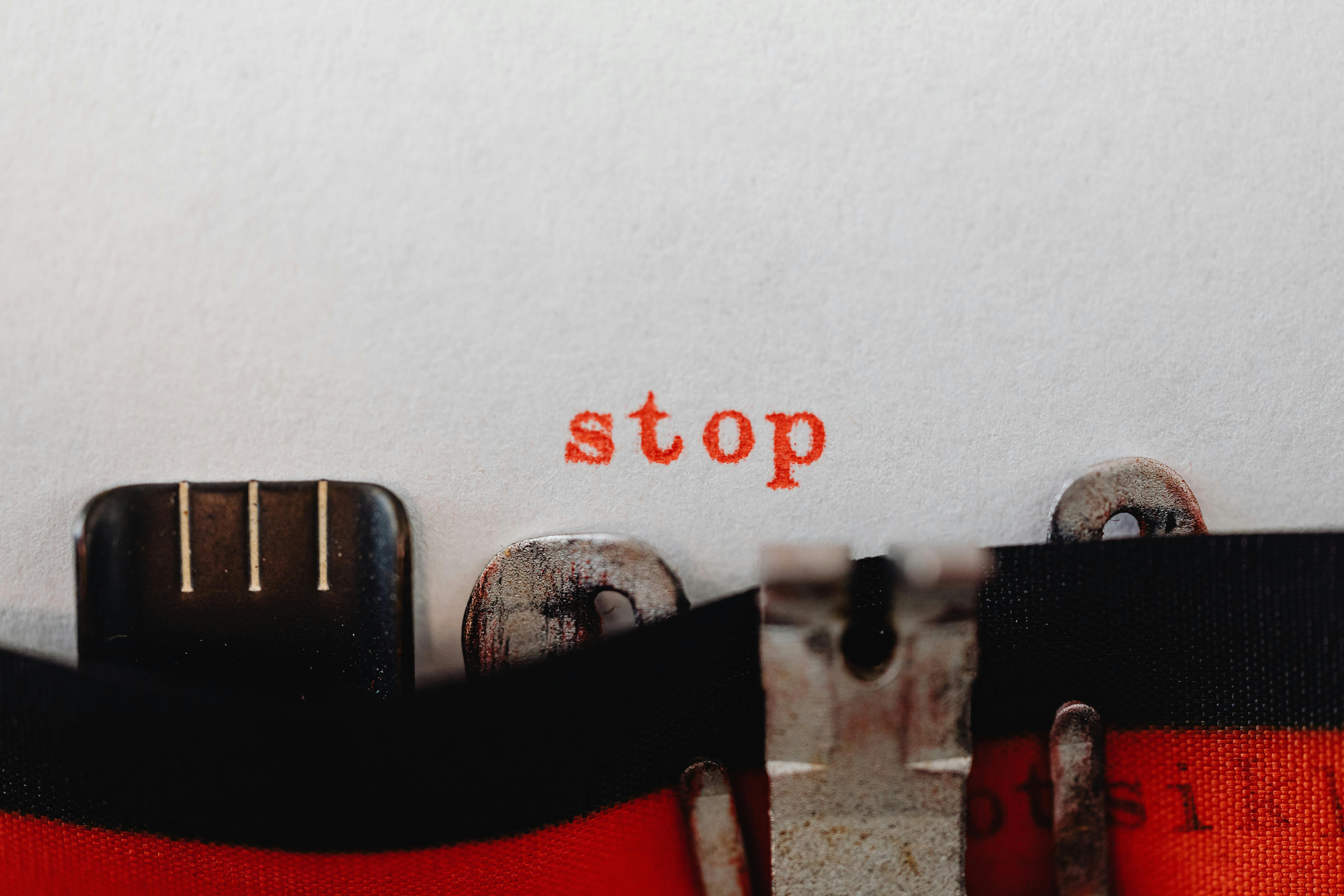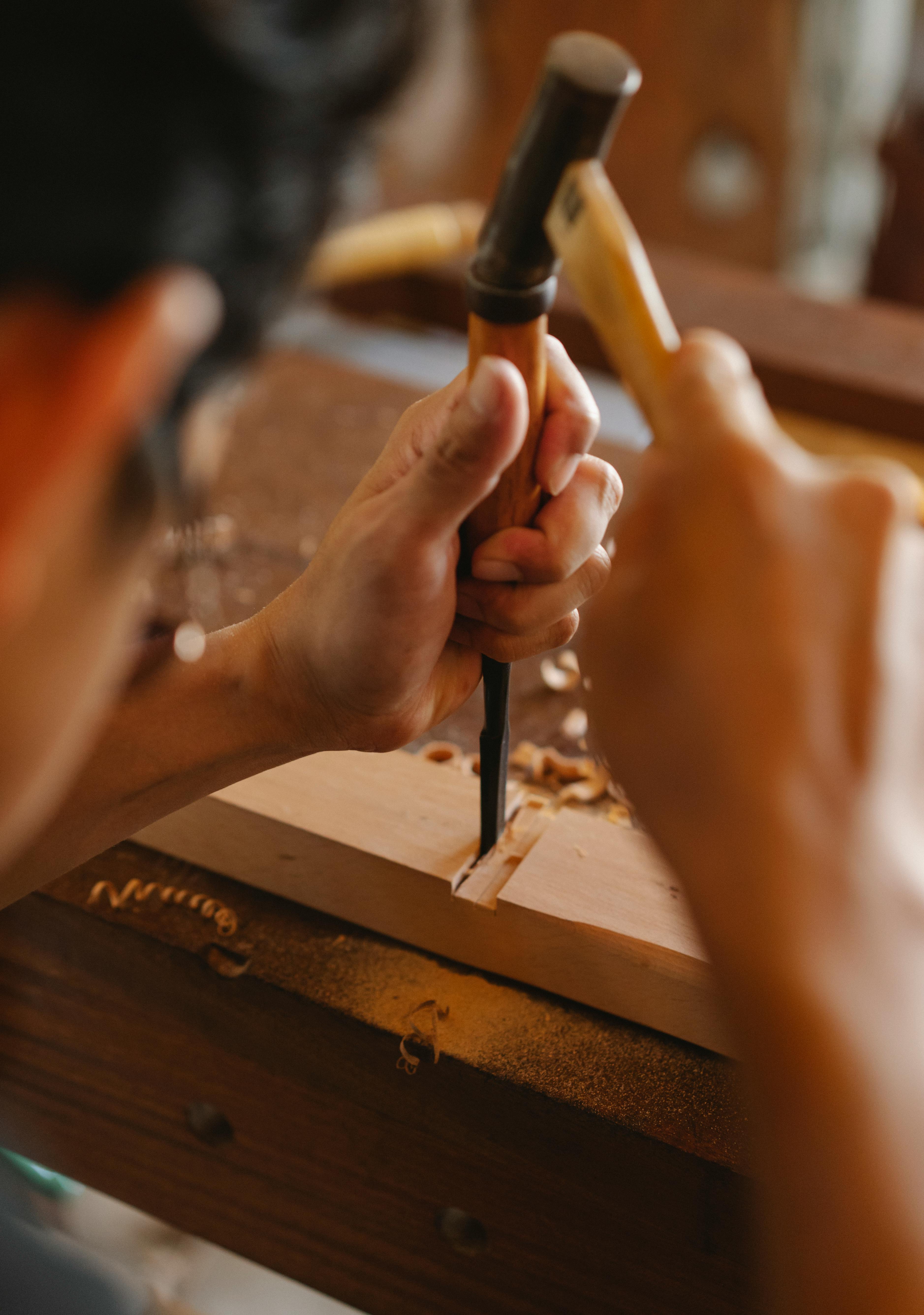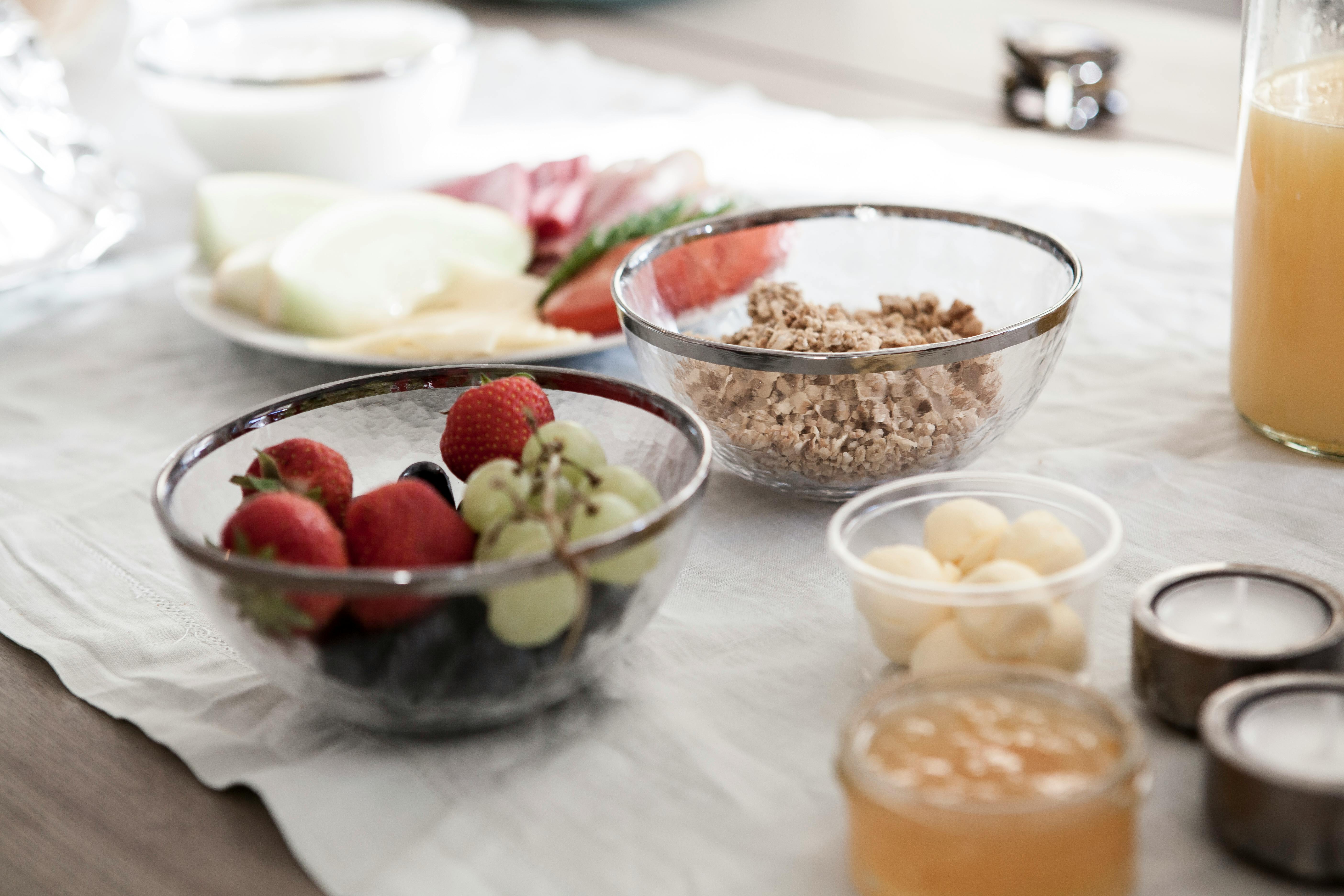Essential Guide to Proper Toilet Hygiene
Bathroom hygiene is crucial for overall health, yet not everyone is aware of the most effective methods to maintain cleanliness after using the toilet. Proper butt wiping techniques not only enhance personal hygiene but also prevent irritation and infections. This guide will delve into the best practices for wiping effectively, explore alternatives to traditional toilet paper, and share insights on maintaining cleanliness after bowel movements.
In this article, you will learn about the essential steps to wipe correctly, the importance of anal hygiene, and explore the advantages of different cleaning supplies. Additionally, we will address common mistakes people make while wiping, ensuring that you have all the knowledge necessary for proper toilet etiquette.
Key Takeaways:
- Understanding how to wipe correctly and the importance of hygiene.
- Insights into alternative cleaning methods, such as bidets and wipes.
- Tips for maintaining freshness after bathroom use.
Understanding Proper Butt Wiping Techniques
When it comes to personal cleanliness, understanding the right techniques for wiping your butt is essential. Poor wiping methods can lead to a range of issues, including irritation and infections. Let's discuss the steps to wipe correctly and the common mistakes that many make.
Steps to Wipe Correctly
The first step in maintaining anal hygiene is to position yourself appropriately. When using toilet paper, ensure that the paper is rolled out in a way that allows for easy access. For most people, a front-to-back wipe is recommended to avoid transferring bacteria to the urethra, thus reducing the risk of urinary tract infections.
After pulling the desired length of toilet paper, fold it to create a thicker, more effective wiping surface. This will ensure that you can clean effectively without risking tears or irritation. Wipe firmly but gently, ensuring all waste is removed without excessive pressure, which can lead to discomfort.
Once the first wipe is complete, assess the cleanliness of the paper. If it appears soiled, repeat the wiping process with fresh paper until no residue remains. It may take multiple wipes to achieve cleanliness, but patience is key. Once satisfied, ensure you dispose of the toilet paper properly in the toilet.
Common Mistakes in Wiping
Many people fall into the trap of poor wiping practices. Some may wipe side to side instead of front to back, leading to cross-contamination. Others might underestimate the importance of using enough paper, resulting in inadequate cleaning.
Another common error is rookies using excessive force while wiping, which can lead to skin irritation and even hemorrhoids. Always opt for gentle, controlled movements to maintain comfort. Additionally, skipping the wipe altogether in favor of just toilet paper can lead to hygiene issues.
Recognizing these common errors can help individuals refine their wiping skills and maintain better hygiene practices.
Using Toilet Paper Effectively
Toilet paper remains a staple in bathroom hygiene, but there's a lot to consider when using it effectively. Let's explore toilet paper folding techniques, alternatives, and eco-friendly options to elevate your cleanliness game.
Toilet Paper Folding Techniques
One effective method is to fold the toilet paper into a clean square or a thicker pad, which can provide better cleaning coverage during wiping. A common practice is to create a three- or four-fold that maximizes surface area while keeping your hands clean.
This folding method not only enhances the wiping experience but also ensures that you use less paper, which is both economical and environmentally friendly. Try to keep the folded portion intact as you wipe to prevent it from tearing easily.
Toilet Paper Alternatives
For those seeking alternatives to traditional toilet paper, several options are available, including moist wipes and bidets. Moist wipes come in handy for enhanced cleanliness and comfort, especially for sensitive skin.
Bidets are particularly effective as they wash away residue using water, making them a favorite in many cultures around the world. However, always remember to dry thoroughly afterward to maintain hygiene.
Both alternatives have their costs and ecological impacts; therefore, weighing their effectiveness against traditional toilet paper is key in making a choice that aligns with personal preferences.

Bidet Use: A Modern Approach to Hygiene
The use of bidets is becoming increasingly popular as people look for a better way to maintain personal cleanliness. Unlike traditional methods, bidets wash after a bowel movement, offering enhanced hygiene while being gentle on the skin.
Benefits of Using a Bidet
Bidets have numerous benefits, including improved personal cleanliness and a reduced need for toilet paper. By cleaning with water, bidets lessen the risk of irritation and hemorrhoids, making them an excellent choice for those with sensitive skin.
Moreover, bidets can also help in reducing environmental impact due to decreased reliance on toilet paper. Studies show that using a bidet can save trees, as toilet paper production significantly contributes to deforestation.
How to Use a Bidet Effectively
Using a bidet involves a few simple steps. First, adjust the water temperature and pressure to your comfort level. After using the toilet, sit on the bidet and activate the cleansing spray to thoroughly wash the area. Some bidets feature nozzle adjustments for better targeting.
After cleansing, take a moment to dry the area with a clean towel or air dryer if available. This final step is crucial for maintaining hygiene and avoiding moisture-related issues.

Maintaining Freshness After Wiping
To ensure you feel fresh throughout the day, consider the practices you can adopt post-wiping. Proper drying techniques and ongoing care are crucial to maintaining a clean and healthy persona.
Drying Techniques After Wiping
Achieving complete cleanliness goes beyond just wiping; drying is also vital. After cleaning, use soft toilet paper or a cloth designed for personal hygiene. Gently pat the area dry rather than rubbing, which can cause irritation. Some people find that air drying is beneficial, particularly when using a bidet.
It is essential to ensure that the area remains dry, as moisture can lead to unpleasant odors and fungal infections. Keeping a dry environment is key to good anal hygiene.
Hygiene for Sensitive Skin
If you have sensitive skin, choose hypoallergenic and fragrance-free products to minimize irritation. Avoid using harsh soaps or heavily scented wipes that can exacerbate discomfort.
Observe your body’s reactions to different methods and products, and adjust as necessary. Consulting with a healthcare provider about your personal hygiene routine, especially if you encounter persistent irritation or discomfort, can also be beneficial.
Q&A: Common Questions About Butt Hygiene
When Should I Consult a Doctor about Wiping?
If you experience ongoing discomfort, irritation, or visible symptoms after wiping, it’s essential to seek medical advice. Specific signs may include persistent itching or bleeding after bowel movements, which indicates that something could be wrong.
How Often Should You Wipe?
It's generally advisable to wipe until clean after every bowel movement. This may require multiple wipes with toilet paper or a combination of techniques involving wipes or a bidet for thoroughness and freshness.
Are There Best Practices for Wiping Children?
When wiping children, use gentle techniques, ensuring to wipe front to back to avoid transferring bacteria. Employ wipes specifically designed for children to ensure comfort while cleaning.
As children grow, teach them about proper hygiene practices while encouraging independence in their bathroom routines.
```